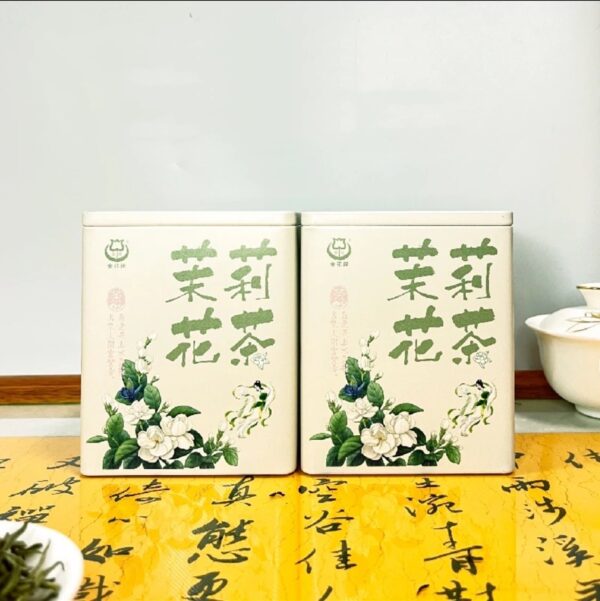
# Jasmine Tea: A Fragrant and Soothing Beverage
## The Allure of Jasmine Tea
Jasmine tea is a fragrant and soothing beverage that has captivated tea lovers for centuries. This delicate infusion combines the floral essence of jasmine blossoms with the subtle flavors of tea leaves, creating a harmonious blend that delights the senses.
## Origins and History
The art of scenting tea with jasmine flowers originated in China during the Song Dynasty (960-1279 AD). Fujian province became particularly renowned for its jasmine tea production, where the climate proved ideal for growing both tea plants and jasmine flowers.
Traditionally, jasmine tea was reserved for royalty and the elite before becoming more widely available. The meticulous process of scenting tea with fresh jasmine blossoms required patience and skill, making it a prized commodity along ancient trade routes.
## Production Process
Keyword: jasmine tea
### 1. Tea Base Selection
Most jasmine teas use green tea as their base, though white and black tea varieties also exist. The tea leaves are harvested in early spring before the jasmine flowers bloom.
### 2. Jasmine Harvest
Jasmine flowers are picked in summer when they’re most fragrant, typically during the hottest part of the day when their scent is strongest.
### 3. Scenting Process
The fresh jasmine blossoms are layered with the tea leaves at night when the flowers naturally release their fragrance. This process may be repeated several times over consecutive nights to achieve the desired intensity of aroma.
## Health Benefits
Jasmine tea offers numerous health benefits:
– Rich in antioxidants that may help combat free radicals
– Contains L-theanine, which promotes relaxation
– May support heart health and lower cholesterol
– Potential metabolism-boosting properties
– Natural stress relief through its calming aroma
## Brewing the Perfect Cup
To fully appreciate jasmine tea’s delicate flavors, proper brewing is essential. Use water heated to about 175°F (80°C) – boiling water can scorch the leaves and make the tea bitter. Steep for 2-3 minutes for green tea bases, or 3-5 minutes for white or black tea varieties.
## Varieties of Jasmine Tea
– Jasmine Pearl: Hand-rolled tea leaves scented with jasmine
– Jasmine Silver Needle: Made with premium white tea buds
– Jasmine Dragon Phoenix Pearl: A high-grade jasmine pearl variety
– Jasmine Green: The most common type using green tea leaves
## Cultural Significance
In Chinese culture, jasmine tea symbolizes purity and elegance. It’s often served to honored guests and during special occasions. The tea’s association with hospitality and refinement has made it a staple in traditional tea ceremonies throughout Asia.
## Pairing Suggestions
Jasmine tea pairs beautifully with:
– Light desserts like almond cookies or fruit tarts
– Mild cheeses
– Dim sum and other Cantonese cuisine
– Sushi and Japanese dishes
– Spicy foods to help cleanse the palate
## Conclusion
Jasmine tea remains one of the world’s most beloved floral teas, offering a perfect balance of fragrance and flavor. Whether enjoyed for its calming properties, health benefits, or simply its delightful taste, this aromatic beverage continues to enchant tea enthusiasts around the globe.